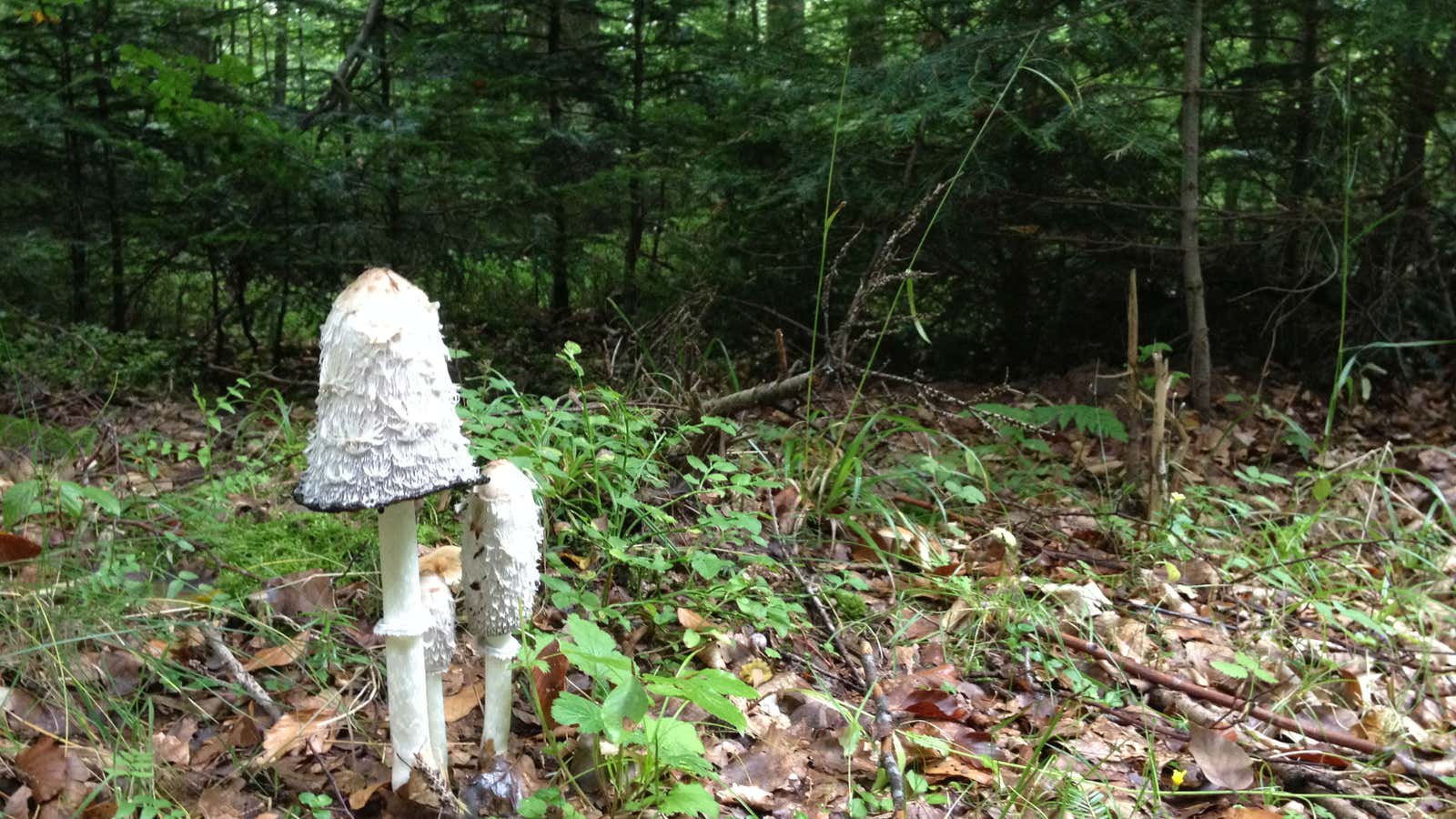Martin Smith never meant to find 440-million-year-old fossils.
On three separate trips to New York, Scotland, and an island off the coast of Sweden called Gotland in the 1980s, Smith, a paleontologist at Durham University in England, found tiny fossilized fragments of a type of fungus called Tortotubus protuberans while looking for remnants of a certain type of algae. As Ars Technica reports, biologists had always puzzled how this type of fungus fit into the evolutionary lineup.
According to his paper (paywall) in the Botanical Journal of Linnean Society, the fragments of T. Protuberant Smith found was part of a nutrient delivery system that was breaking down something on land that was even older. The fungus is the oldest land fossil found to date. Smith explained in a press release that when the fossil was alive, most of the life on earth resided in oceans; only really simple forms of life, like lichens or mossy plants, were living on land. He told Quartz that the fact that the T. protuberans was growing on land suggests that life was developing an ”increasing complexity.”
“This is the oldest fossil of a terrestrial organism, but we know it was decaying something,” Smith said. In doing so, it created some of the first soil able to grow the first complex plants, which would go on to feed some of the first animals.
